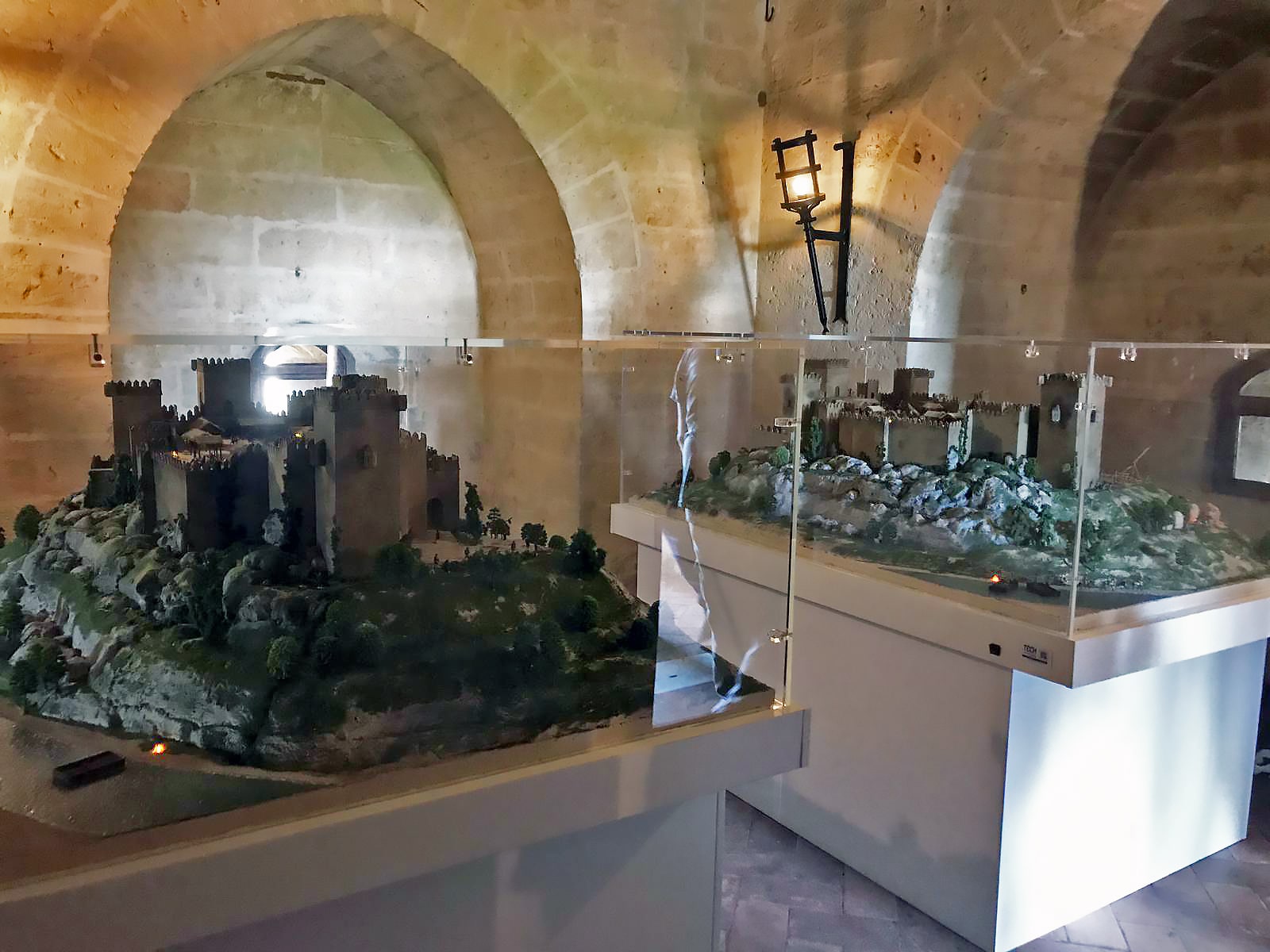Table of Contents
Museography encompasses the set of practices and techniques involved in designing and assembling exhibitions to display a museum’s collection. Therefore, museographic elements include models, display cases, walls that house artworks, audiovisual and interactive pieces, lighting systems, and more.
In this article, we focus on museographic models, explaining how they are made, the materials used, production times, and other essential details.
Keep reading!

Manufacturing Museographic Elements
Museographic elements or models are manufactured according to each client’s specific needs, taking into account the exhibition venue, production timelines, required scales, and desired textures or finishes.
The manufacturing techniques used depend on the characteristics of each museographic model. . Sin embargo, las más comunes suelen ser: la impresión 3D, la colada al vacío y el mecanizado CNC.
CNC machining is the industrial procedure through which parts are manufactured with the help of computers that control these machines; in short, they are automated tools/machines controlled by computer.
On the other hand, vacuum casting is a technology that allows for the reproduction of polyurethane resin parts using a silicone mold. And finally, 3D printing is what we commonly all know. We take this opportunity to include a related article here, on how to use 3D printers for models.
Once the pieces are produced, different techniques can be applied to create effects such as aging or weathering, as well as textures like cobblestones, moisture stains, and other realistic finishes.
Materials Needed for the Fabrication of Museographic Models
Today, there are countless materials for the fabrication of models and museography elements. The most popular ones are: plastic, wood, cardboard, metal, or glass, among others, which can imitate any type of architectural element or texture.
Regarding colours, they can be defined using RAL and Pantone references, or by providing physical samples for precise matching.
If you would like to learn more about the materials used in model making, we recommend this article.

Frequently Asked Questions About Museographic Models
What are museographic models used for?
As mentioned earlier, museographic models are mainly used in exhibitions within cultural centres, schools, museums, and government institutions that require realistic representations of historical buildings, monuments, or artworks.
It is worth noting that models can also be works of art themselves. Many exhibitions are dedicated to miniature architecture, where the models become the featured pieces on display.
How long does it take to manufacture this type of model?
Production times vary depending on the size and complexity of the model, as well as the level of detail and the quantity or quality of information provided about the project.
Generally, manufacturing takes several weeks. At Maquetas Tech, larger models typically take around 8 weeks, while smaller-scale models can take approximately 4 weeks.
How much does a model for a museum cost?
There are no fixed prices for these models, as costs depend on production times, materials, and the specific characteristics of each project.
For an accurate quote, please contact us with details such as the installation location, technical information about the project, desired scale, and preferred style of the piece.
How is the model shipped?
The Maquetas Tech team directly handles the shipping of the model. We also recommend our installation service to address any potential damage during transport, although such incidents are rare.
Alternatively, you can arrange shipment through your preferred courier or collect the model in person.
We hope this article about museographic models has been helpful.. Until next time!
